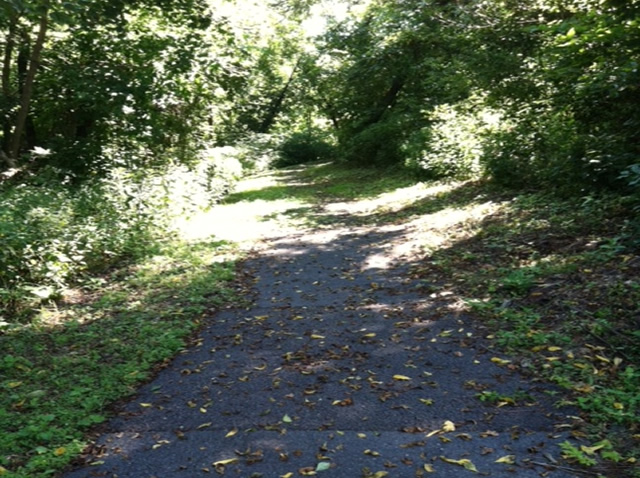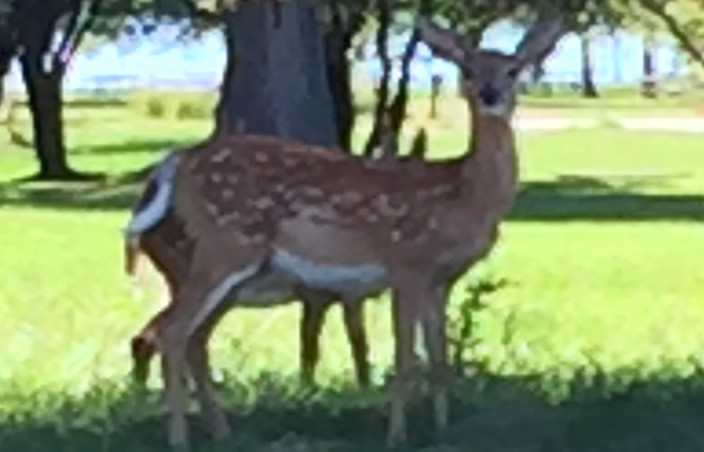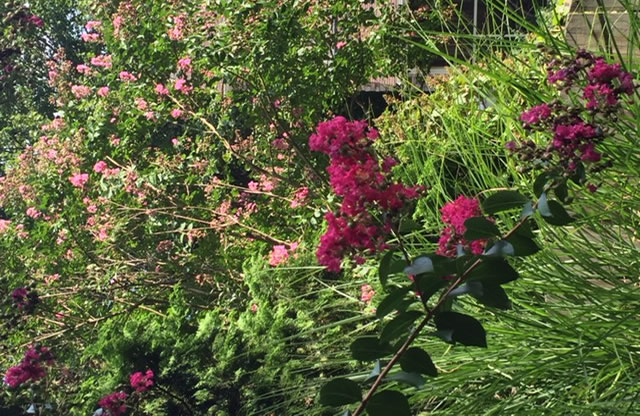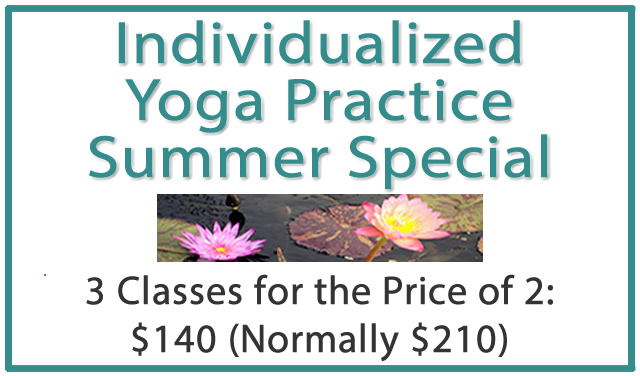
Each year as we make the transition from the warmth and bright sun of summer to the waning light of autumn, I feel changes in my system that require changes in my yoga practice, diet, and lifestyle.
Ayurveda, the ancient Indian science of life, gives us a non-Western lens through which we might understand the effects of the seasons. We are told in the teachings of ayurveda that each person has a “birth constitution,” which consists of a unique arrangement of three different doshas or energies. The vata dosha controls body movement and is concerned with the nervous system. The kapha dosha controls body stability and lubrication and is concerned with the tissues and wastes of the body. Pitta dosha involves digestion and concerns the body’s endocrine and enzymatic systems. Our particular arrangement of these energies, along with our diet and lifestyle, affects how we respond to life and seasonal changes.
Each season also has a dominant dosha, with its own characteristics. Autumn’s dosha is vata. As vata is about the energy of movement, fall is characterized by the movement of air and wind, which has the effect of drying things. Wind, too, stirs things up. Think about the reds, yellows, oranges of autumn leaves, that eventually dry and brown and roil and rustle in an October wind.
We are affected by autumn’s energies and may be vulnerable to imbalances in our own systems. When vata is out of balance within us, we may experience creaky joints, constipation, dry eyes, hair, and nails, difficulty sleeping, nervousness, forgetfulness, and mental distractedness. If we are in a vata stage of life, mid-50s and up, we are even more vulnerable to such an imbalance, particularly in autumn.
If you find yourself feeling out of sorts with some of the symptoms of autumn’s vata dosha, you can explore some of suggestions that follow:
- Allow your approach to yoga practice to be attentive and meditative. Keep your focus on cultivating a feeling of groundedness, staying one or two breaths in your postures.
- Choose activities that support a calm mind and heart.
- Include soups and stews in your diet, using vegetables and fruits from our local bountiful harvests.
- Hydrate your body by drinking water throughout the day.
- Add good oils to your diet, olive and sunflower, as the weather cools, and in winter some sesame or fish oil.
- Oil your skin before you take a warm shower, using sunflower oil or sunflower mixed with sesame.
Much information exists on the subject of the ayurvedic constitution, and you also can work with an ayurvedic practitioner to learn about your birth constitution. But we all can begin by paying attention to how we are affected by the seasons, our diets, and our lifestyle choices. Then, we can adopt strategies to maintain a sense of comfort, stability, and balance.
If you would like to have me teach you a personal yoga practice you can do at home, as well as receive diet, and lifestyle recommendations to address your needs this autumn, you can reach me at 717-645-0067 or eterryyoga@gmail.com to schedule an appointment.







